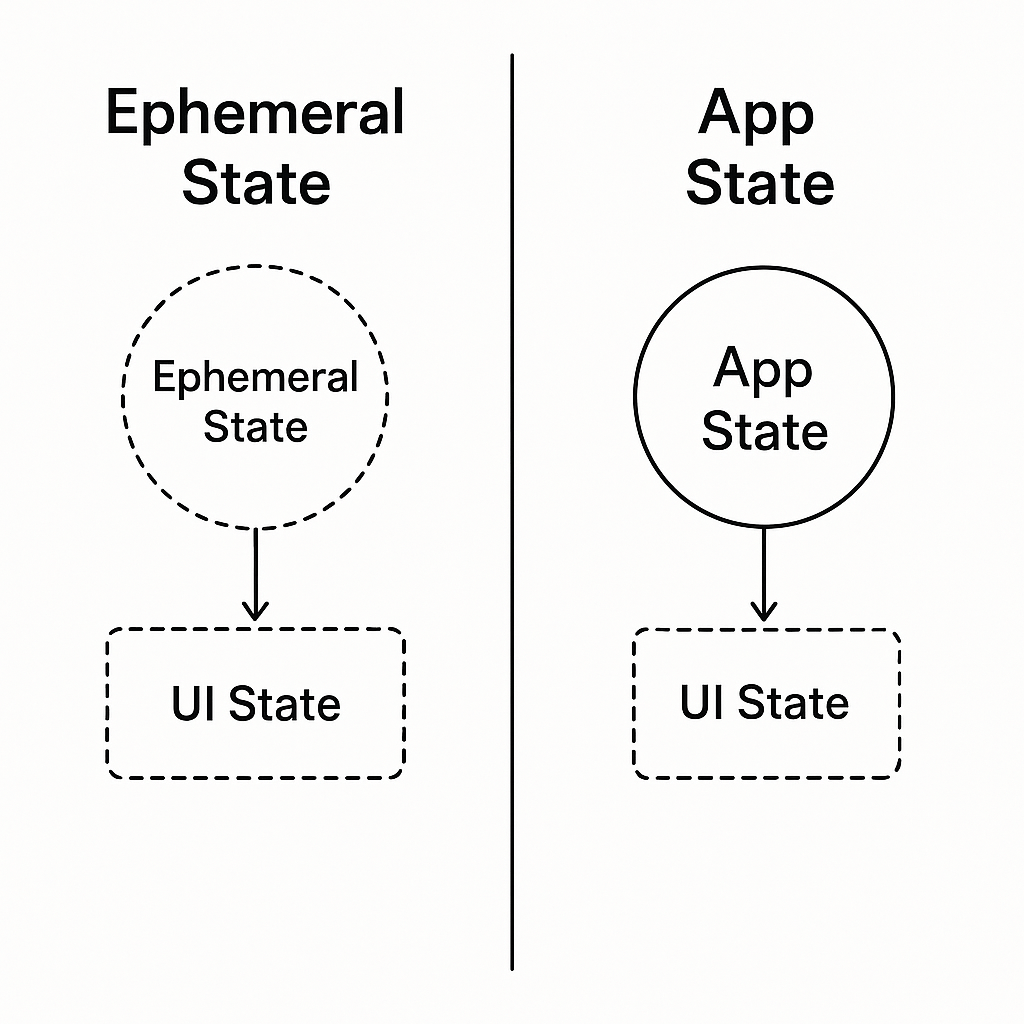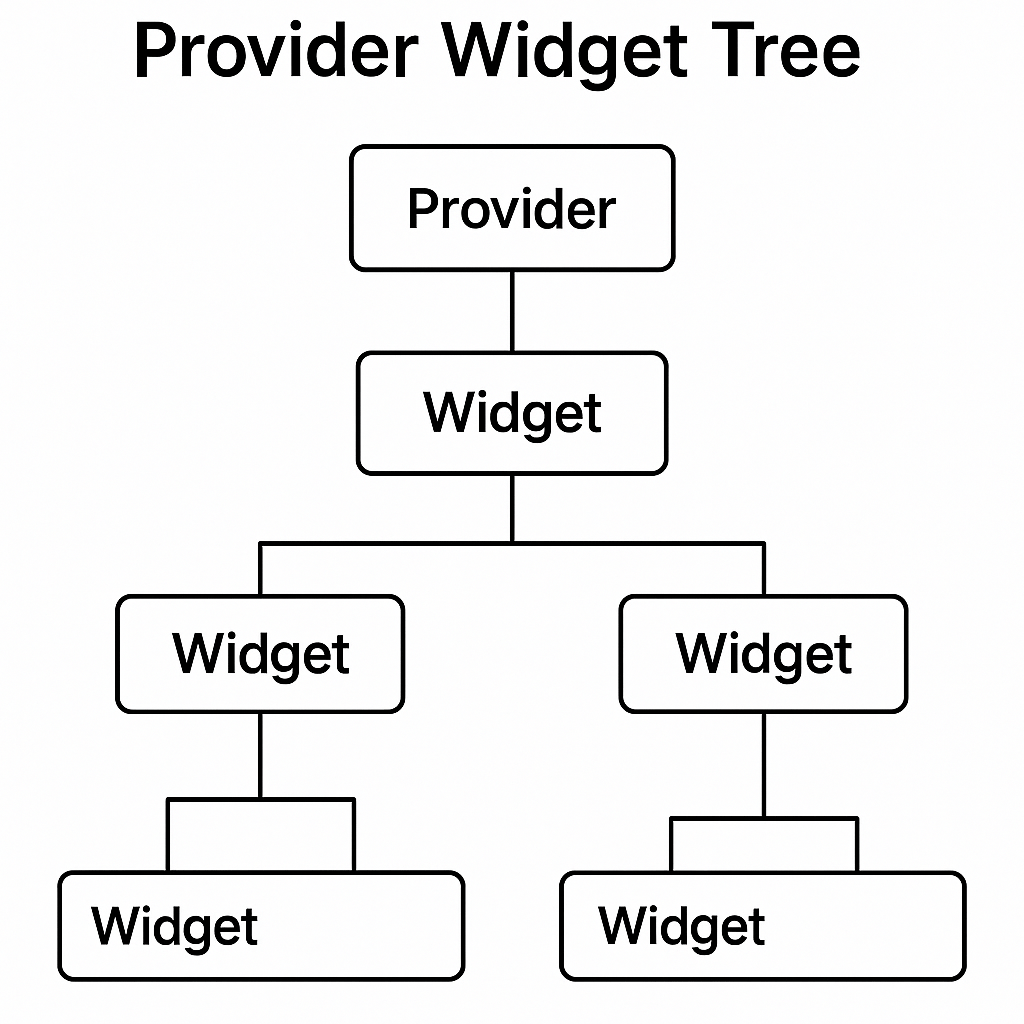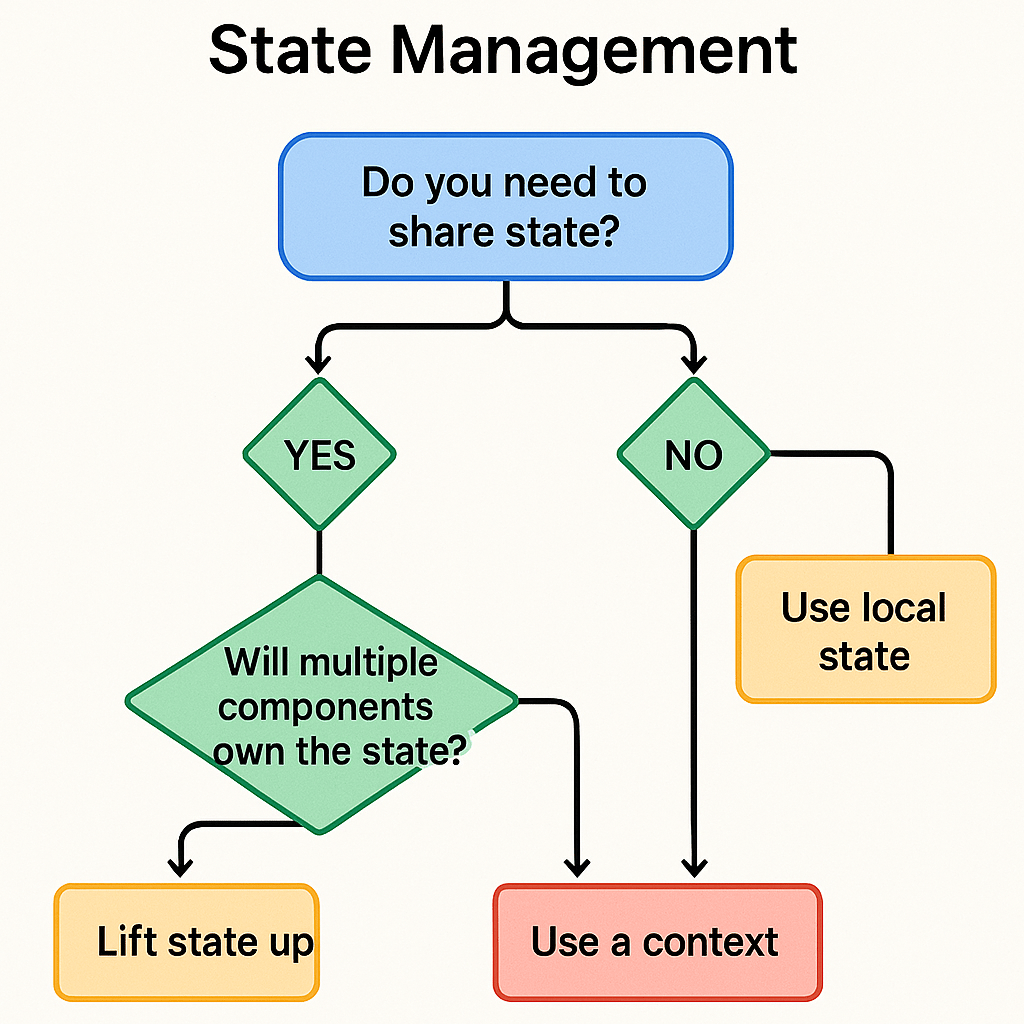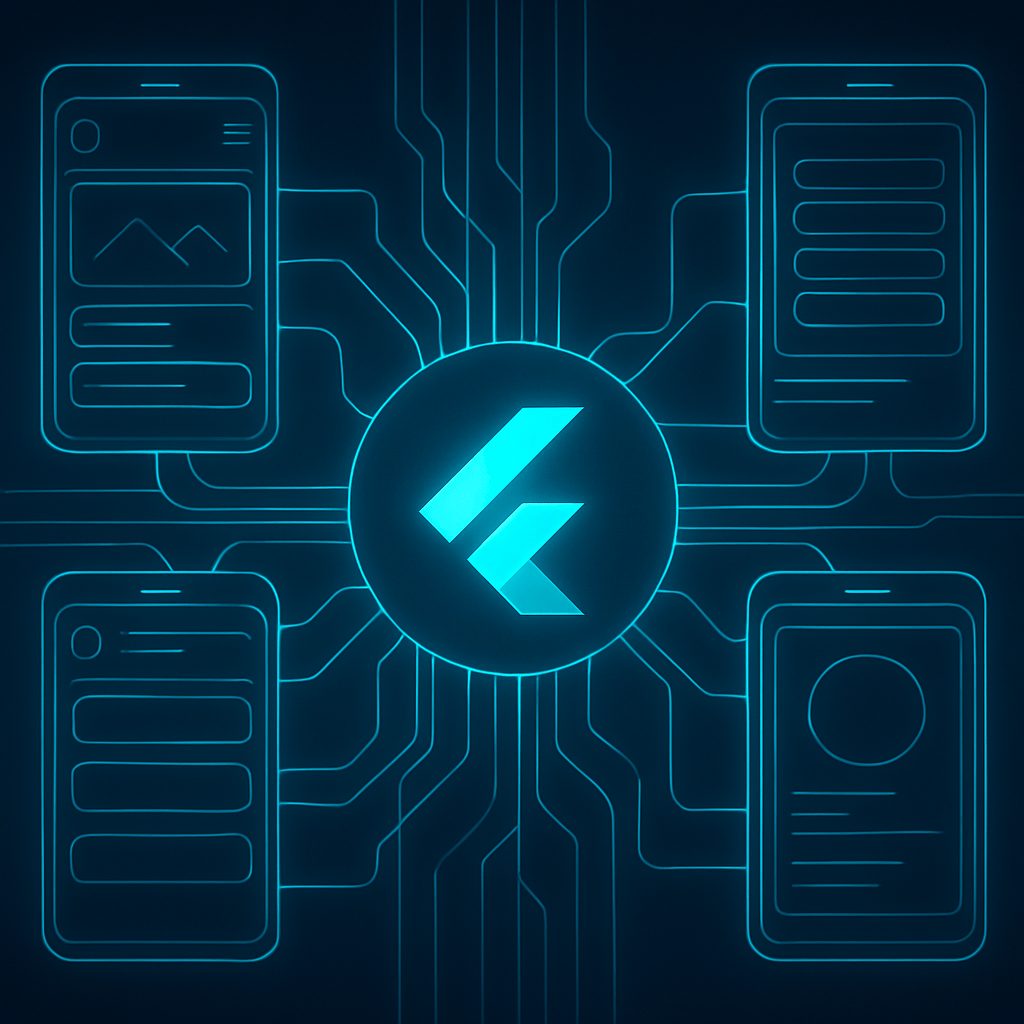Understanding State in Flutter
In Flutter, state is simply any data that can change over time and affect what is displayed on the screen. Effectively managing this data is arguably the most critical skill for building scalable, high-performance applications. State can be broadly categorized into two types. Ephemeral state, sometimes called local or UI state, is the data neatly contained within a single widget, such as the current page in a PageView or a checkbox being checked. Then there is app state, which is data that needs to be shared across many parts of your app and preserved across user sessions, like user login information, notification settings, or the contents of a shopping cart. Failing to choose the right strategy for managing app state can lead to a cascade of problems, including poor performance from unnecessary widget rebuilds, code that is difficult to debug, and a tangled architecture that becomes a nightmare to maintain or scale. Understanding the difference and knowing when to use which management technique is the foundation of solid Flutter architecture.

Core State Management Techniques
setState() for Local State
The simplest form of state management is built directly into Flutter’s StatefulWidget via the setState() method. When you call setState(), you are telling the framework that some internal data of this widget has changed, and the widget should be rebuilt to reflect that change. This approach is perfectly suited for ephemeral state. For instance, managing the toggle of an icon, the text in a form field before it’s submitted, or an animation’s progress are all ideal use cases for setState(). Its main advantage is its simplicity and locality; the logic and the UI that uses it are co-located, making it easy to understand for simple scenarios. However, its limitation becomes apparent when you need to share that state with other widgets. Passing state up and down the widget tree through constructors, known as “prop drilling,” quickly becomes cumbersome and inefficient. For those just starting their journey, mastering setState() is a crucial first step, and our resources on Flutter for Beginners can provide a solid foundation.
Lifting State Up with InheritedWidget
When setState() is no longer sufficient because multiple widgets need to access the same data, the next logical step in core Flutter is InheritedWidget. This special widget acts as an efficient way to propagate information down the widget tree. Any widget that is a descendant of an InheritedWidget can access the data it holds without needing it to be passed through every intermediate widget’s constructor. This concept, known as lifting state up, is the underlying principle behind many popular state management packages. While powerful, using InheritedWidget directly is often verbose and requires a good amount of boilerplate code to set up correctly. For this reason, developers today rarely use it directly, instead opting for more developer-friendly abstractions built on top of it.
Popular State Management Packages
The Flutter community has produced a rich ecosystem of packages to solve the complexities of state management. According to the official Flutter User Survey (Q1 2023), Provider and BLoC are the two most widely used solutions, demonstrating their proven effectiveness in real-world applications. These packages provide robust, battle-tested patterns that reduce boilerplate and enforce a clear application architecture.

Provider: Simplicity and Power
Provider is often recommended as the first major step-up from setState(). It is essentially a user-friendly wrapper around InheritedWidget that simplifies its implementation and adds new capabilities. Provider excels at dependency injection, allowing you to provide a service or a data model to any widget deep within your tree that needs it. It encourages a clean separation of concerns by decoupling the data source from the UI widget. For many small to medium-sized applications, Provider strikes a perfect balance between simplicity and capability. It is lightweight, easy to learn, and significantly cleans up your widget tree. If you’re ready to move beyond setState(), our Introduction to Provider in Flutter is an excellent place to start.
BLoC: For Complex Applications
For large-scale, complex applications where a strict separation of concerns and high testability are paramount, the BLoC (Business Logic Component) pattern is a top contender. BLoC isolates the application’s business logic from the UI. The UI dispatches events (like a button press) to the BLoC, which contains all the business rules and logic. The BLoC processes these events, interacts with data sources, and emits new states as a Stream. The UI then listens to this stream and rebuilds itself in response to new states. This unidirectional data flow makes the application’s behavior highly predictable and easy to reason about. While its learning curve is steeper and it can involve more boilerplate, the BLoC library from bloclibrary.dev provides tools that streamline this process, making it a powerful choice for enterprise-grade applications.
Riverpod: The Next Generation
Developed by the same creator as Provider, Riverpod can be seen as its successor, designed to address some of Provider’s limitations. A key difference is that Riverpod is compile-safe and independent of the widget tree. It ditches the reliance on BuildContext to fetch dependencies, which removes the risk of runtime ProviderNotFoundException errors and makes state accessible from anywhere in your application, not just from descendant widgets. Riverpod offers a more flexible and robust system for declaring providers and managing their lifecycles. Its modern API and enhanced safety features have led to its rapid adoption, with many developers considering it a powerful and more scalable alternative. You can learn more from the official Riverpod documentation.
Choosing the Right Approach
Deciding on a state management solution is not about finding the single “best” one, but about choosing the most appropriate tool for the job at hand. There is no silver bullet. A small application might be perfectly served by setState() and Provider, while a complex financial app could greatly benefit from the structure of BLoC or the flexibility of Riverpod.
| Feature | setState() |
Provider | BLoC / Riverpod |
|---|---|---|---|
| Best For | Local widget state | Shared state, dependency injection | Complex state, large apps |
| Learning Curve | Low | Low-Medium | Medium-High |
| Boilerplate | Very Low | Low | Medium |
| Testability | Low | Medium | High |

A pragmatic strategy is to start simple. Use setState() for anything that is truly local. When you need to share state, introduce Provider. If your app’s logic becomes very complex with many interconnected states and business rules, it’s time to evaluate a more powerful solution like BLoC or Riverpod.
Best Practices for Effective State Management
Regardless of the tool you choose, following a few core principles will always lead to a better-architected application. First, keep state as local as possible. Avoid the temptation to put all your application’s state into one global provider. Place state only as high up in the widget tree as necessary for the widgets that need to consume it. Second, separate your UI from your business logic. Your widgets should be responsible for displaying state and forwarding user events, not for making network calls or running business calculations. This separation is the key to testability and maintainability. Third, favor immutability. Instead of changing properties on an existing state object, create a new instance of the object with the updated values. Immutable patterns, as detailed in resources on functional programming principles, prevent a wide class of bugs related to unexpected side effects. Finally, remember that it is perfectly fine to mix and match techniques. A single application can effectively use setState() for a decorative animation, Provider for theme data, and BLoC for handling a complex user authentication flow.
Mastering state management is a journey that transforms you from a UI builder into an application architect. The key is to understand the trade-offs of each approach and make informed decisions based on your project’s specific needs. By starting simple, applying best practices, and gradually adopting more powerful tools as complexity grows, you can build Flutter applications that are robust, performant, and a joy to maintain. To continue deepening your skills, explore the wide range of Flutter tutorials available to guide you on your path.

Leave a Reply